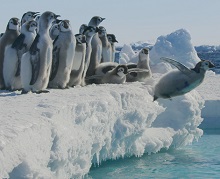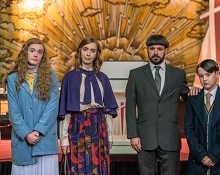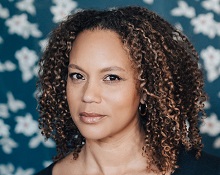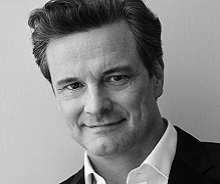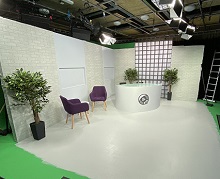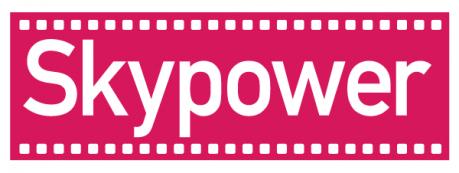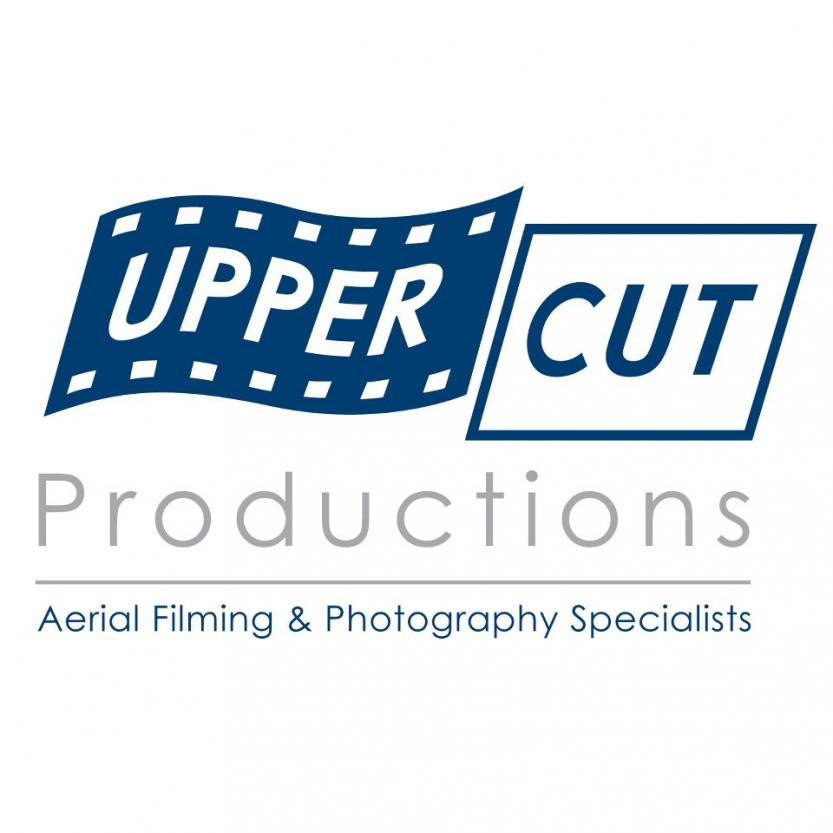High flying: Aerial filming in the UK
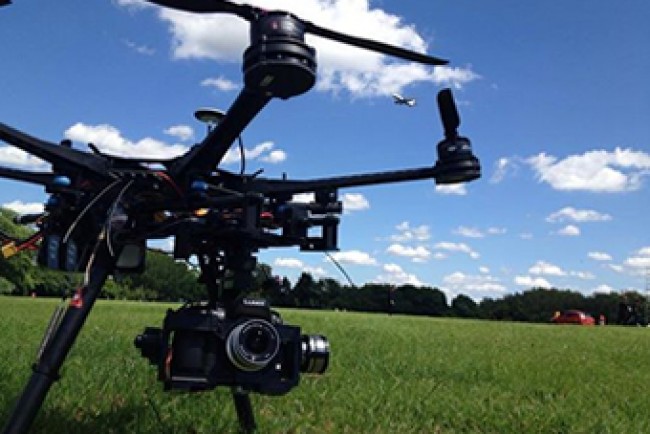 Nobody is questioning the utility of drones to the film and TV industry. Neatly filling the gap between cranes and helicopters, the ability to fly cameras on much smaller aerial drones is making previously tricky shots possible. Even so, the potential of unmanned aerial vehicles (UAVs) to cause accidents or infringe on people’s privacy has meant, quite understandably, the imposition of significant regulation in many parts of the world.
Nobody is questioning the utility of drones to the film and TV industry. Neatly filling the gap between cranes and helicopters, the ability to fly cameras on much smaller aerial drones is making previously tricky shots possible. Even so, the potential of unmanned aerial vehicles (UAVs) to cause accidents or infringe on people’s privacy has meant, quite understandably, the imposition of significant regulation in many parts of the world.
Nevertheless, the conveniences of drones and other types of aerial filming for film and TV production has seen related businesses thrive. Adverse weather - and rain particularly - is one of the main limiting factors.
“Other than the weather being atrocious it has been an amazing year for us,” says Jordan Brooks, producer at Uppercut Productions. “It's been fantastic to go on sets of films and high production value TV dramas.”
Neil Willis, project manager and UAS pilot at Skypower, reports a healthy volume of work on TV shows and says they also got a lot of corporate work. “We're doing a lot with the BBC at the moment on things like Holby City and Silent Witness. Plus we just shot for a TV programme called Lucky Man which is a Marvel comic and airs on Sky One in January.”
Both operators say the rules for aerial filming are both reasonable and easy to follow. “One of our biggest things is that we're not allowed to fly over the general public,” says Brooks. “We have to maintain a 50-metre radius from them, from railway lines, from roads and buildings that aren't under our full control.”
Willis says: “Given enough time almost anything is possible. If you wanted to fly a drone somewhere prestigious, it's never really a no, it is down to budget and time. If it's a Hollywood blockbuster budget, it can be done. On a shoestring, no it can't.”
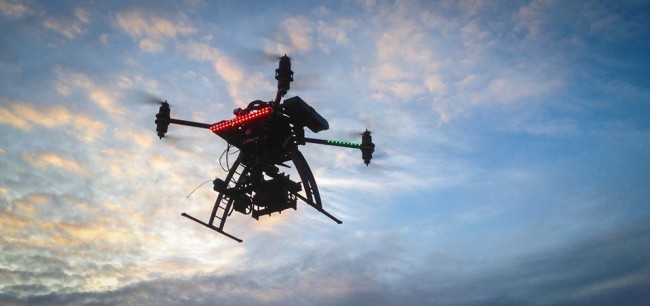
Flying within the limits
One common request, says Brooks, is festivals. “Everyone always imagines the festival audience looking up at the drone. I'd hate to be the person who took that job and then it came down and took someone out.”
Both men say that because the laws are fair they are being followed to the letter. “We wouldn't do anything for which we haven't got permission," Willis comments. "There's the law and then there's everything outside of it.” Once, Brooks recalls, Uppercut was asked to do an advert, filming a marathon while flying over the runners. They turned down the job.
It can get crowded in our airspace
As well as issues of public safety, interaction with other airspace users is a key concern. UAVs are limited to an altitude of 500 feet under the most common licensing conditions, although special dispensation can be obtained either on a job-by-job basis or - with an experienced operator and the blessing of the Civil Aviation Authority - a longer licence to fly higher.
However, there's some caution over the common ambition for higher altitudes, which produces ever-smaller views of the ground. “Anything people ask us to do higher, it's about views – for a building development, we might be going up the floors of a building, up to 150 metres and they'll have us take photography every ten metres.”
At the most, competent companies with a sufficient record of safe and professional behaviour can receive dispensation to fly up to 750 feet with heavier UAVs beyond the usual seven-kilo limit (and thus with a wider selection of camera equipment), and in congested areas such as London.
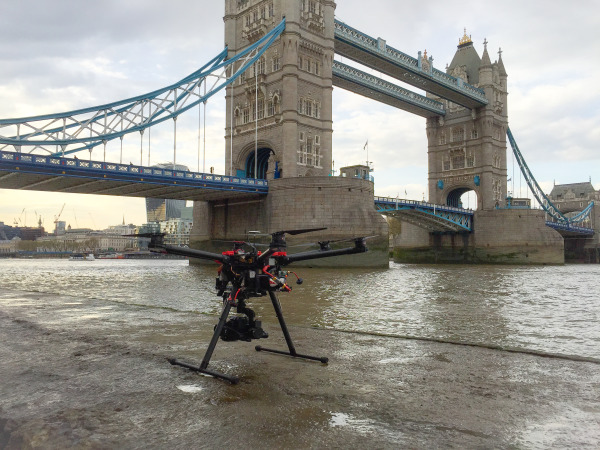
Tricky tricks of the trade
These altitudes are enough to bring UAVs into potential contact with full-size aircraft. “It can be quite an orchestrated thing,” says Willis. “We always put out NOTAMs (Notices to Airmen bulletins which are sent to aviation facilities) and make sure NATS (National Air Traffic Services) are aware of us. In Scotland, we had low-flying fighter jets and we were talking to them. Once we'd finished our drone work these jets would come blasting through.”
Even so, occasionally it is difficult to work together with officials. “The London Port Authority can be quite difficult to work with," Skypower’s Willis says. "They claim it's a hazard to river users but we have managed a night shoot over the Thames before chasing a speedboat. And we've filmed over Tower Bridge. It was very expensive, but to the production company the shots were worth it.”
Brooks' company Uppercut also worked in some unusual places, one being East Midlands Airport’s airspace, getting shots up to 400 feet "right next to the runway. We had to be in communication with air traffic control when we went up.”
Ultimately, beyond the clear concerns of public and aviation safety, both men’s interest in closely adhering to the rules is easy to understand. “We're always fearful of how our business could be impacted,” says Brooks.
Willis recognises that amateur, often unlicensed drone operators are “out there doing stupid things. One day there'll be an incident. In that case I hope it doesn't cause a real problem and the industry doesn't get shut down for weeks until it all gets sorted out.”
Also on The Knowledge
HETV Fund to boost skills support for high-end unscripted
The High-end TV (HETV) Skills Council is setting up a new working group dedicated to the needs of specialist workforce skills within high-end unscripted television.
Cameras due to roll in Liverpool on BBC drama
Filming is due to begin around now in Liverpool on This City is Ours, a sweeping new BBC One crime drama from Stephen Butchard and Left Bank Pictures.
Production gets underway on Everyone Else Burns S2
Production is due to get underway in the next week in Manchester on the second series of Everyone Else Burns.
C5 greenlights mystery thriller The Wives
Production is underway on a new C5 thriller, The Wives, starring Jo Joyner, Angela Griffin and Tamzin Outhwaite.
Filming underway on Sky’s Lockerbie drama starring Colin Firth
Production has begun on a major new drama about the 1988 Lockerbie bombing, starring Colin Firth as Dr Jim Swire.
Studios Spotlight – Behind the scenes at Pride Media Centre
The last Studios Spotlight of 2023 shines on Pride Media Centre in Gateshead, a “safe, welcoming space for businesses and organisations from the LGBT+ community and allies, to grow, develop and be creative”.


